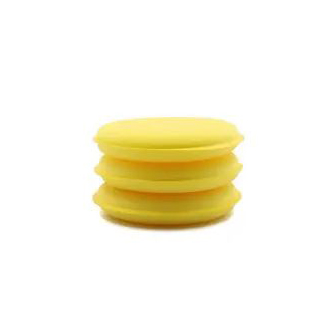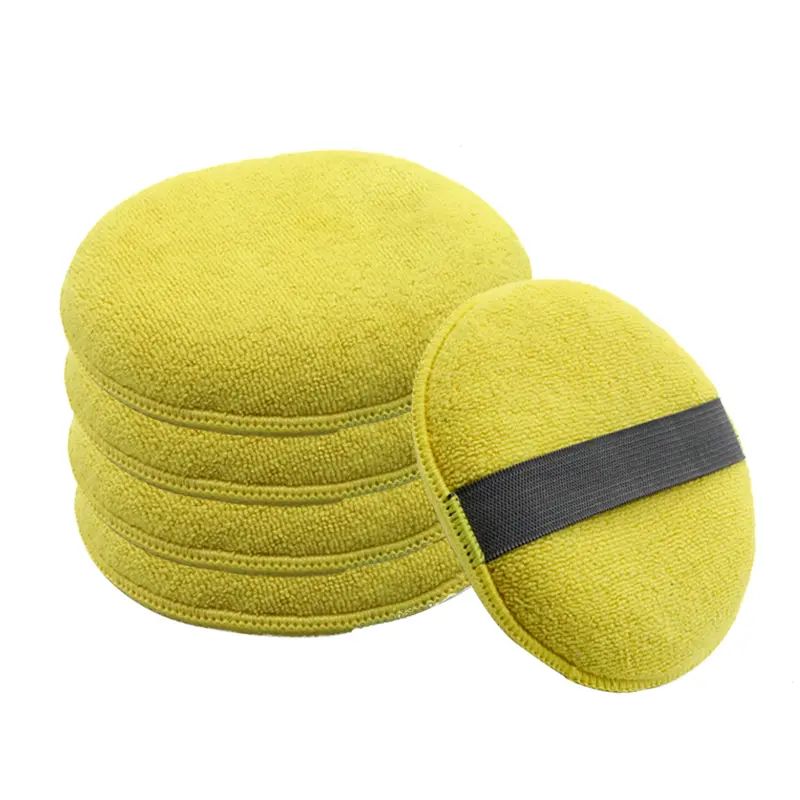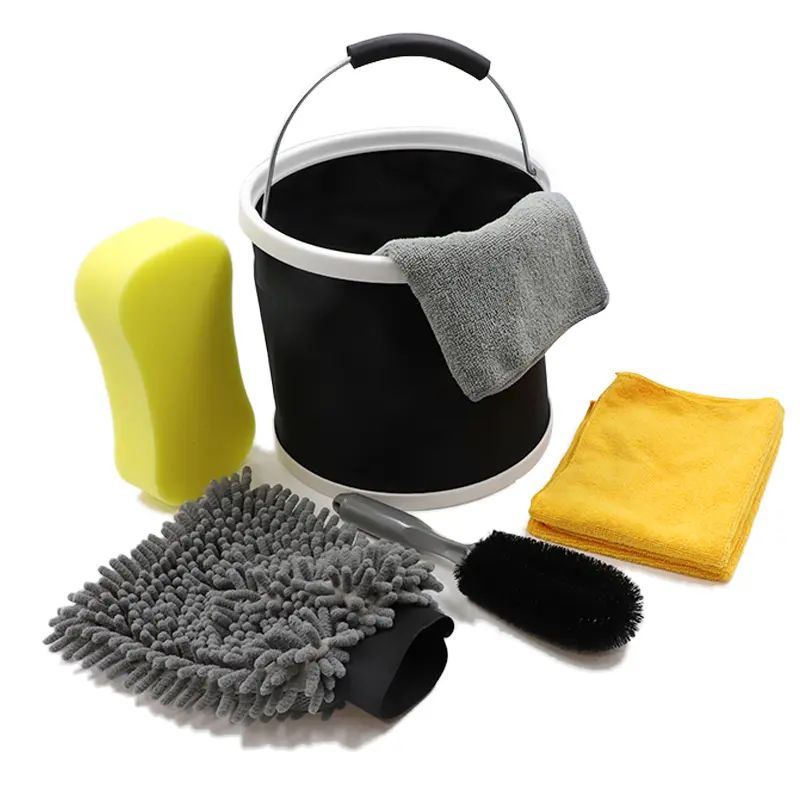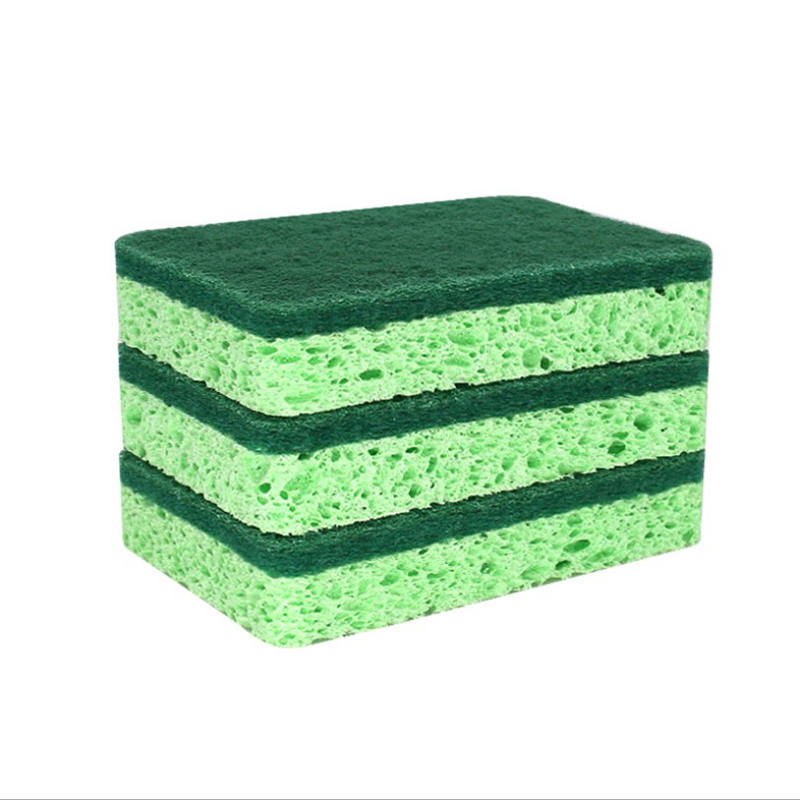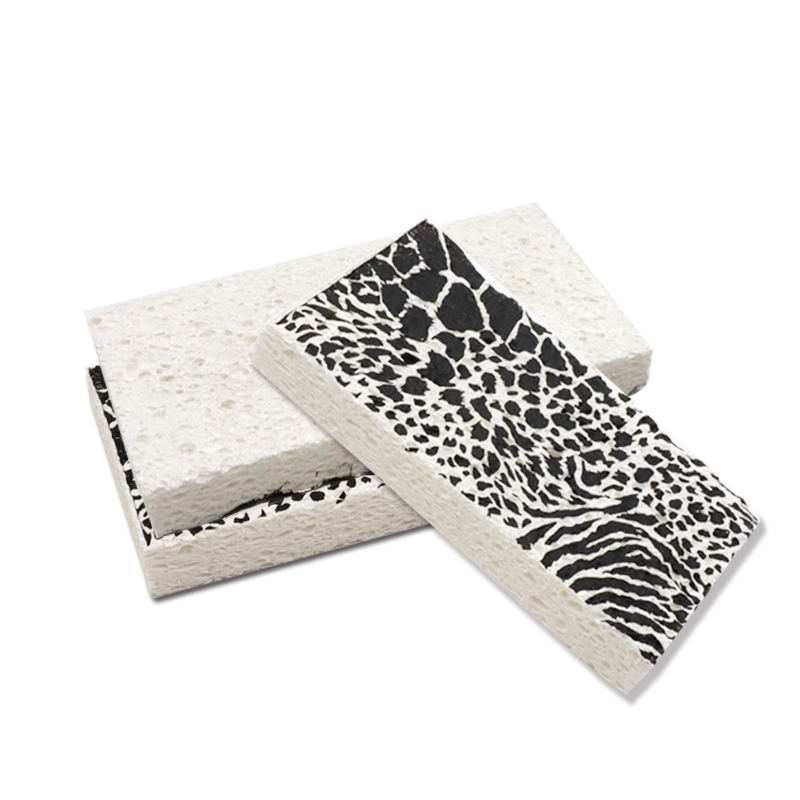What Makes Wood Pulp Cellulose Sponge an Eco-Friendly Alternative to Traditional Sponges?
As environmental awareness grows, more and more people are seeking sustainable and eco-friendly cleaning tools. Wood pulp cellulose sponges have emerged as a natural alternative, gradually replacing traditional synthetic sponges in many households and businesses.
1. Natural, Biodegradable Material
Wood pulp cellulose sponges are made primarily from wood fibers sourced from sustainably harvested trees. These sponges decompose naturally at the end of their lifespan, breaking down completely without leaving harmful residues, unlike synthetic sponges made from petroleum-based materials that can take hundreds of years to degrade.
The biodegradability of cellulose sponges makes them an important tool in reducing waste and pollution, especially in a time when plastic pollution is a growing concern.
2. Lower Energy Consumption in Production
The production process of wood pulp cellulose sponges is relatively simple and requires less energy compared to synthetic sponges. Unlike synthetic sponges, which require extensive chemical treatments and energy-intensive processes, cellulose sponges are made primarily from natural materials, resulting in a lower environmental impact. Additionally, wood pulp is a renewable resource that can be sourced from sustainably managed forests, whereas synthetic sponges rely on finite petroleum resources.
Energy Consumption in Production:
| Product Type | Estimated Energy Consumption in Production | Primary Raw Material |
|---|---|---|
| Wood Pulp Cellulose Sponge | Low, made from wood pulp and natural processing methods | Renewable wood |
| Synthetic Sponge | High, requires petrochemical materials and extensive chemical processing | Petroleum-based chemicals |
3. No Harmful Chemicals or Plastics
Many traditional synthetic sponges contain plastic fibers, dyes, and other chemicals that can leach into the environment during use and disposal, contributing to water pollution and ecological harm. In contrast, wood pulp cellulose sponges are made with fewer chemicals and are free from microplastics, making them a safer, more eco-friendly option.
These sponges do not release harmful substances into the environment, unlike plastic sponges, which can pose risks to marine life and water ecosystems.
4. Renewable Resource
Wood pulp is a renewable resource, and through scientific forest management practices, its supply can be replenished sustainably. In contrast, petroleum-based materials used in synthetic sponges are finite and rely on oil extraction, which has a significant environmental impact. By choosing wood pulp cellulose sponges, consumers are supporting the use of renewable resources while reducing dependence on non-renewable petroleum-based products.
5. Compostable and Environmentally Safe Disposal
When wood pulp cellulose sponges reach the end of their lifespan, they can be easily composted, breaking down into organic matter that enriches the soil. Traditional synthetic sponges, on the other hand, can take hundreds of years to degrade, occupying landfill space and potentially releasing harmful chemicals during the process.
Wood pulp sponges offer an environmentally responsible disposal option, reducing long-term harm to the environment.
6. High Absorbency and Durability
Wood pulp cellulose sponges are known for their high absorbency, capable of holding several times their weight in water. This makes them highly effective at cleaning while also reducing the need for frequent replacements. In fact, wood pulp sponges can last longer than conventional synthetic sponges if properly cared for, further minimizing waste.
This high absorbency means consumers use fewer sponges over time, reducing the frequency of disposal and making it a more sustainable choice.
7. Non-Toxic and Safe for Food Contact
Wood pulp cellulose sponges are naturally non-toxic, making them safe for use in food preparation areas. Traditional synthetic sponges, which may contain plastic particles or chemicals, can pose a contamination risk when used on food-contact surfaces. Cellulose sponges, being made from natural materials and treated with minimal chemicals, offer a safer alternative for cleaning kitchen surfaces.
8. Versatile and Multi-Purpose
Wood pulp cellulose sponges are highly versatile and can be used for a wide range of cleaning tasks— from washing dishes and wiping down countertops to cleaning delicate surfaces. Their softness and high absorbency make them suitable for cleaning glass, ceramics, and even sensitive electronics. This multi-purpose nature reduces the need for multiple cleaning products, further cutting down on waste.
9. Water-Saving Potential
Because wood pulp cellulose sponges have such high absorbency, they can clean effectively while using less water. This reduces the amount of water needed for household chores and increases cleaning efficiency. In contrast, traditional synthetic sponges may require more water to maintain their effectiveness, leading to greater water consumption during cleaning tasks.
10. Supporting Sustainable Brands
By purchasing wood pulp cellulose sponges, consumers are not only choosing an eco-friendly cleaning tool but also supporting brands that prioritize sustainable practices. Many companies that produce these sponges also engage in ethical sourcing and sustainable forestry, further promoting a cleaner environment. This consumer support helps drive the broader industry toward more sustainable practices.
PREVNo previous article
NEXTWhat Are the Key Benefits of Using Cellulose Sponges for Household Cleaning?
News Category
- Company News(31)
- Industry News(114)

 简体中文
简体中文 English
English 日本語
日本語 русский
русский Español
Español عربى
عربى

